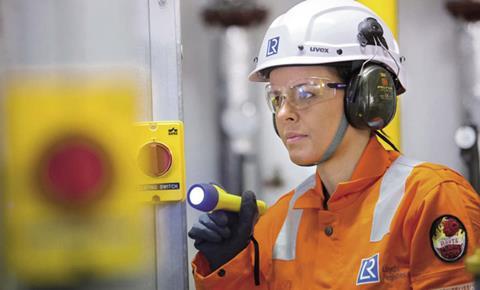
Selina Jones-May, head of global mobility at Lloyd’s Register, started the process in April 2013 and has been process-mapping all of the global mobility function.
An integral part of the process was to obtain approval from the organisation’s executive committee by submitting a robust business case, which included models of the project’s financials and return on investment.
“I engaged with all key internal stakeholders, such as finance and procurement, and external vendors, to estimate the current total cost of the global mobility programme and the projected cost savings that could be achieved through centralisation,” says Jones-May.
She recommends that all employers benchmark their current, and any proposed, operating models against those of other organisations and the overall market.
“When I started my due diligence, I used a number of well-reputed surveys on the structure and headcounts associated with a centralised global mobility function with our assignee population size,” she says.
“This provided me with a benchmark in terms of the final target ratio of full-time headcount to assignee population. The importance of incorporating independently benchmarked data on hundreds of peer-group organisations within the final business case is inestimable.”











